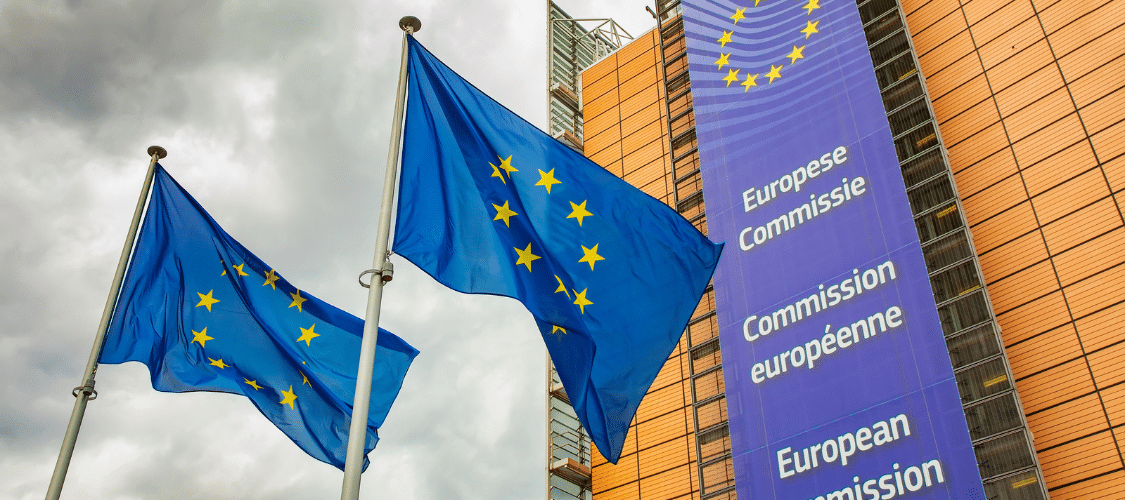To combat greenwashing, the French Financial Markets Authority (AMF) announced in December that it would implement the European Securities and Markets Authority (ESMA) guidelines on ESG fund naming.(1) While this framework acknowledges the need to establish minimum criteria to justify environmental claims, it also introduces uneven levels of requirements, preventing it from effectively curbing greenwashing. In this context, the revision of SFDR regulation scheduled for this year offers an opportunity to provide savers with clear and non-misleading non-financial information, provided that it imposes strict sustainability criteria, including the exclusion of companies involved in fossil fuel expansion.
While responsible investments continue to grow in Europe, now reaching over €2,500 billion in assets under management,(2) a significant share of these investments still lacks minimum sustainability guarantees. Indeed, many funds making environmental or climate claims continue to invest in companies involved in fossil fuel projects that are incompatible with the goal of limiting global warming to 1.5°C.(3) Furthermore, the assets of so-called “Article 9” funds under the SFDR regulation, which are supposed to have the highest sustainability standards, have decreased by 24% in one year. This decline reflects a massive reclassification by asset managers of these funds as “Article 8,” which—with their lower levels of requirements and oversight—allows managers to shield themselves from sanctions.
These findings highlight a multi-speed approach to sustainable finance with unclear boundaries, increasing the risk of greenwashing. A clearer regulatory framework and dissuasive measures from supervisory bodies are essential to restore savers’ trust.
New Rules for Sustainable Fund Naming: A Missed Opportunity
In December 2024, the AMF announced it would adopt the guidelines of the ESMA published in August of the same year. Starting May 21, 2025, new rules will regulate the use of sustainability-related or ESG terms in fund naming.
Three distinct categories emerge, each with specific levels of requirements:
- “Transition,” “Social,” or “Governance” funds:
These funds must exclude: - Companies linked to controversial weapons,
- Companies involved in tobacco production,
- Companies violating the UN Global Compact principles or OECD guidelines.
- “Environment” or “Impact” funds:
In addition to the above exclusions, these funds must also exclude “companies whose significant revenue comes from fossil fuels.”(4) - “Sustainable” funds:
These funds must meet the requirements of the previous two categories and “invest significantly in sustainable investments.”(5)
It is worth noting that if a fund combines terms related to transition and more demanding terms (“impact” or “environment”), only the weaker constraints associated with “transition” will apply.
These rules represent progress in that they explicitly recognize the need for strict criteria—including exclusions—to justify ESG claims. However, their actual impact remains questionable. Some asset managers, like Amundi, have already started renaming certain funds instead of meeting the conditions required to retain their names.(6)
Furthermore, these rules perpetuate the risk of greenwashing and a new “transition-washing” by creating fund naming categories with particularly low requirements, despite the fact that most French savers simply do not want fossil fuels in their sustainable funds.(7) The significant differences in standards between funds that all reference ESG, climate, or sustainability in their naming could confuse savers. Even the most informed investors might struggle to distinguish a truly sustainable fund from one merely labeled as “transition.”
SFDR: The Next Key Step to End Greenwashing
The revision of the Sustainable Finance Disclosure Regulation (SFDR) is expected in 2025. Announced by the European Commission, this revision aims to address the shortcomings of the current framework, which has effectively been used by financial actors as an environmental and social labeling tool for funds, without being based on binding criteria.
This revision represents a new opportunity to combat greenwashing, provided it is not driven by the interests of the financial sector.(8) It can address the gaps in the ESMA guidelines, going beyond fund naming alone. Reclaim Finance proposes three fundamental criteria for any new regulatory architecture, offering a simple and reliable framework to help savers quickly identify funds aligned with their ESG preferences:
- Exclude companies developing new fossil fuel projects from funds claiming an environmental or social objective, aligning with the existing standards of leading European labels (e.g., ISR or Greenfin) and with the proposition of the Platform on Sustainable Finance of the European Commission.
- Establish clear and differentiated minimum requirements based on ESG claims and stated objectives.
- Strengthen transparency and advisory obligations to help savers understand the real impacts of the funds.
The current regulatory framework remains insufficient to ensure demanding and understandable sustainable funds for savers. The revision of the SFDR represents a crucial opportunity to impose minimum sustainability criteria, such as excluding companies active in fossil fuel expansion for all funds with environmental or social claims. These guarantees are essential to effectively combat greenwashing and enable savers to align their investments with their ESG preferences.



